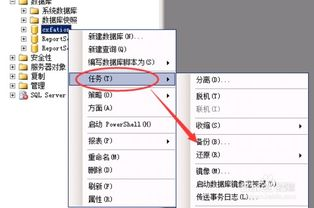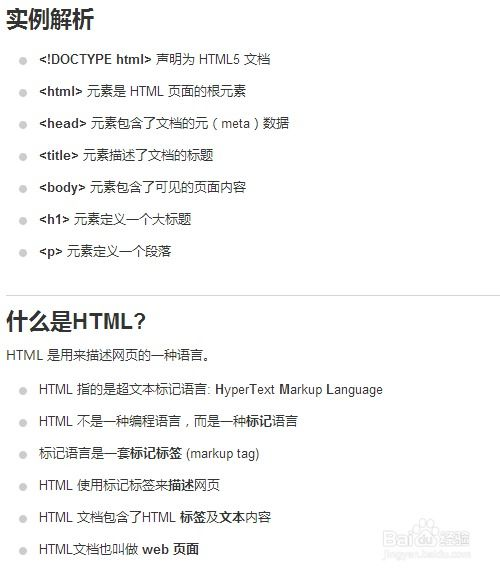ASP.NET Server Control Values, Understanding Its Functionality
What are ASP.NET Server Controls?
ASP.NET server controls are powerful web components that allow developers to design dynamic web applications. Unlike HTML controls, server controls provide a richer set of functionalities, including state management, event handling, and server-side processing. These controls can help simplify web development by encapsulating complex behaviors and promoting reusable code components.
Understanding how to set and get the values of these server controls is crucial for effective data manipulation within ASP.NET applications. Controls like TextBox, DropDownList, and RadioButton apply various methods for value handling. For instance, a TextBox allows users to input values, which can later be accessed server-side for further processing.
Assigning Values to Server Controls
Assigning values to ASP.NET server controls is typically performed during the page lifecycle, often in the Page_Load event. You might set a control's value from a database query or default it for user interaction. Here's an example: when a server control like a TextBox is populated with a user’s email address retrieved from a database, this is executed in the Page_Load event to ensure it occurs only once on the initial load and avoids overwriting user inputs.
Using controls such as DropDownList requires populating them with data from a data source. The Values property is set to associate visible text with underlying data, enabling the retrieval of meaningful value pairs during post-back events. This is crucial for ensuring the control maintains the state across post-backs, which is a fundamental aspect of ASP.NET's web forms.
Retrieving Values from Server Controls
Once values are assigned to server controls, developers can retrieve these values to implement application logic. For example, upon form submission, using the ASP.NET Page's Request.Form collection allows access to the values entered in text boxes or selected in drop-downs. Controls offer properties like Text for TextBox, SelectedValue for DropDownList, and Checked for CheckBox or RadioButton, making it straightforward to gather user inputs for processing.
It's important to note that the values from server controls can be reassigned during the page lifecycle, reflecting real-time updates based on user interactions or server logic. This capability empowers developers to create interactive and user-friendly web applications.
In summary, ASP.NET server controls play a significant role in managing user interaction and data handling within web applications. Understanding how to assign and retrieve control values is essential for developing robust ASP.NET applications that benefit from dynamic data management.





